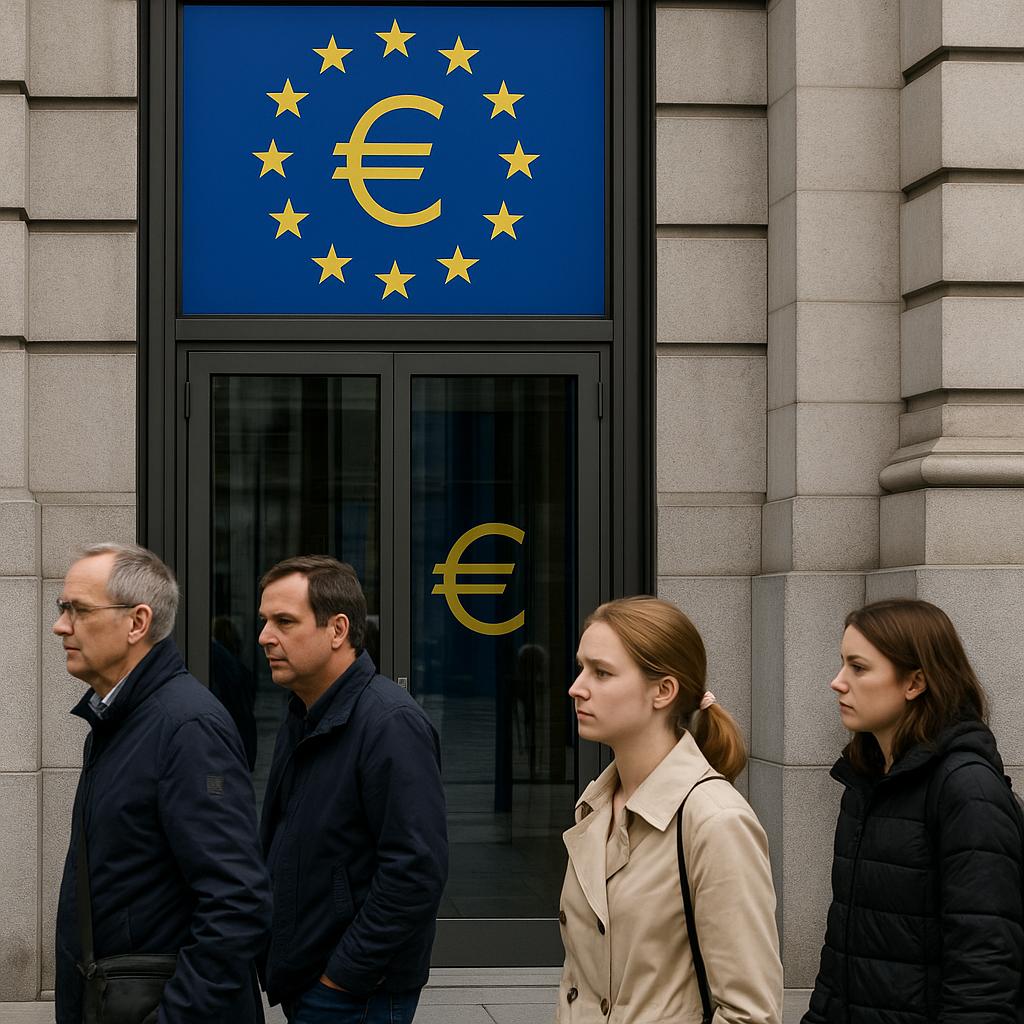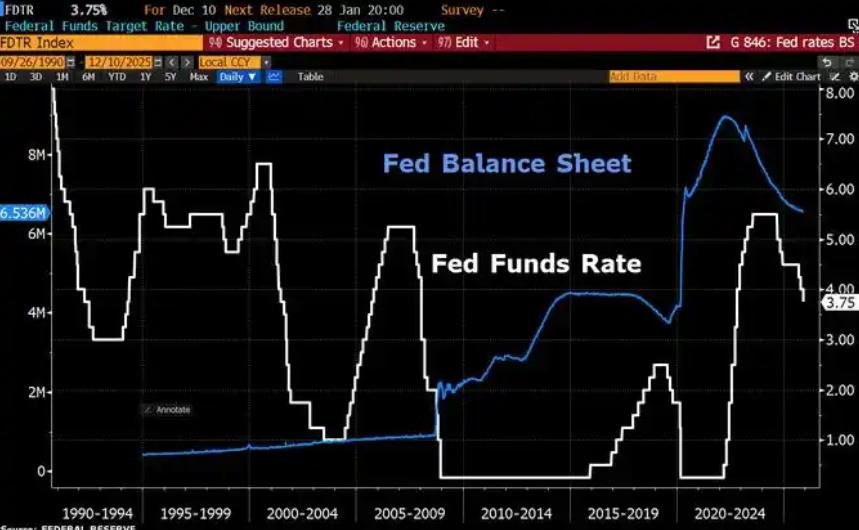
Recently, according to Reuters, European stock markets have remained relatively stable after the release of corporate earnings reports. However, this stability does not stem from an improvement in fundamentals but rather a temporary response of the market in the face of short-term information. On the surface, the index remained volatile, supported by the quarterly reports of enterprises. However, this support mainly came from the better-than-expected phased performance of individual heavyweight stocks rather than a general improvement in profit quality. Many companies improve their current profits through one-off gains, adjustments to accounting standards or capital operations. Such "sustainability" is insufficient to support a long-term upward trend in valuation. If the focus is shifted from the current quarter's profit figures to the trend of operating cash flow, gross margin and the real recovery of customer demand, it will be found that many industries have still not escaped the double squeeze of weak demand and cost pressure.
The depth of sectoral differentiation is also worth paying attention to. The short-term strength of the real estate and banking sectors is partly due to policy expectations or the space for valuation repair. However, at the same time, the pressure on cyclical sectors such as technology and manufacturing reflects the reality of the global economic growth slowdown. If investors only measure the overall market by a few industries or companies that perform well, they are likely to overlook systemic risks. Especially in the context where the performance of the banking sector is closely related to macro liquidity, any re-evaluation of credit conditions could lead to a rapid reset of valuations.
There is a significant mismatch between corporate profit expectations and market valuations. The current valuation, in most cases, does not fully take into account factors such as potential interest rate hikes, fluctuations in energy and raw material prices, and supply chain disruptions. If interest rates remain in a relatively high range or the market's reassessment of inflation raises the discount rate, then the current valuation based on future cash flows will face downward correction pressure. Furthermore, the conservative or adjusted earnings guidance of companies is often briefly overlooked by the market. However, once there are consecutive downward revisions, it will trigger a broader correction.
From the perspective of market structure, the proportion of short-term funds and passive investment is constantly increasing, which makes prices more driven by the flow of funds rather than the gradual changes in the fundamentals of enterprises. Exponential capital flows amplify fluctuations in individual heavyweight stocks, raising the overall market correlation, but at the same time mask the risks of individual companies. The seemingly abundant liquidity may quickly dry up when market sentiment reverses, thereby amplifying the chain reaction between price fluctuations and credit shocks.
Regulatory and policy uncertainties remain potential negative variables. The differences between the European Union and the United States in regulatory frameworks, tax policies, foreign trade and geopolitics will continue to be reflected in financial reports and valuations through the profits and supply chain adjustments of multinational enterprises. Especially in industries such as high-tech and financial services that are sensitive to policies, any adjustment in policy orientation may reshape the profit model and market competition pattern. In addition, the policy costs of Europe's energy transition, carbon emission constraints, and their erosion of manufacturing profit margins are gradually weakening the financial stability of traditional industries.
Although the current market sentiment is overshadowed by the appearance of "stability", the fragility of the debt structure and the overvaluation of asset prices have not yet vanished. The fiscal deficits of some European countries have further expanded in a high-interest-rate environment, and the fluctuations in government bond yields have put pressure on the capital adequacy ratios of commercial banks. Meanwhile, the differences in the monetary policy rhythms of the United States and Europe may bring about new imbalances in capital flows and compress the external financing space of the European market.
In this environment, investors should shift from the superficial interpretation of quarterly data to more rigorous risk assessment and asset defense. It is necessary to enhance the analysis of cash flow, liability maturity, interest rate sensitivity and supply chain robustness, and avoid enterprises that rely on one-off gains or aggressive financing. In terms of asset allocation, greater emphasis should be placed on stress tests and macro scenario assumptions to ensure there is room for adjustment when the market experiences dual pressures.
Overall, the "stability" of the European market is more reflected in the digestion of short-term information rather than a fundamental improvement in the economic fundamentals. If the market continues to maintain its valuation with scattered positive news and lacks vigilance against the sustainability of earnings and macro policy risks, once liquidity or inflation expectations reverse, the market adjustment will be rapid and significant. Hidden risks at the financial level are accumulating, and the current stability is merely a brief pause before greater fluctuations.

Since 2022, the Fed has cumulatively reduced its balance sheet by $2.4 trillion through quantitative tightening (QT) policies, leading to a near depletion of liquidity in the financial system.
Since 2022, the Fed has cumulatively reduced its balance sh…
On December 11 local time, the White House once again spoke…
Fiji recently launched its first green finance classificati…
Recently, the European Commission fined Musk's X platform (…
At the end of 2025, the situation in the Caribbean suddenly…
The U.S. AI industry in 2025 is witnessing a feverish feast…